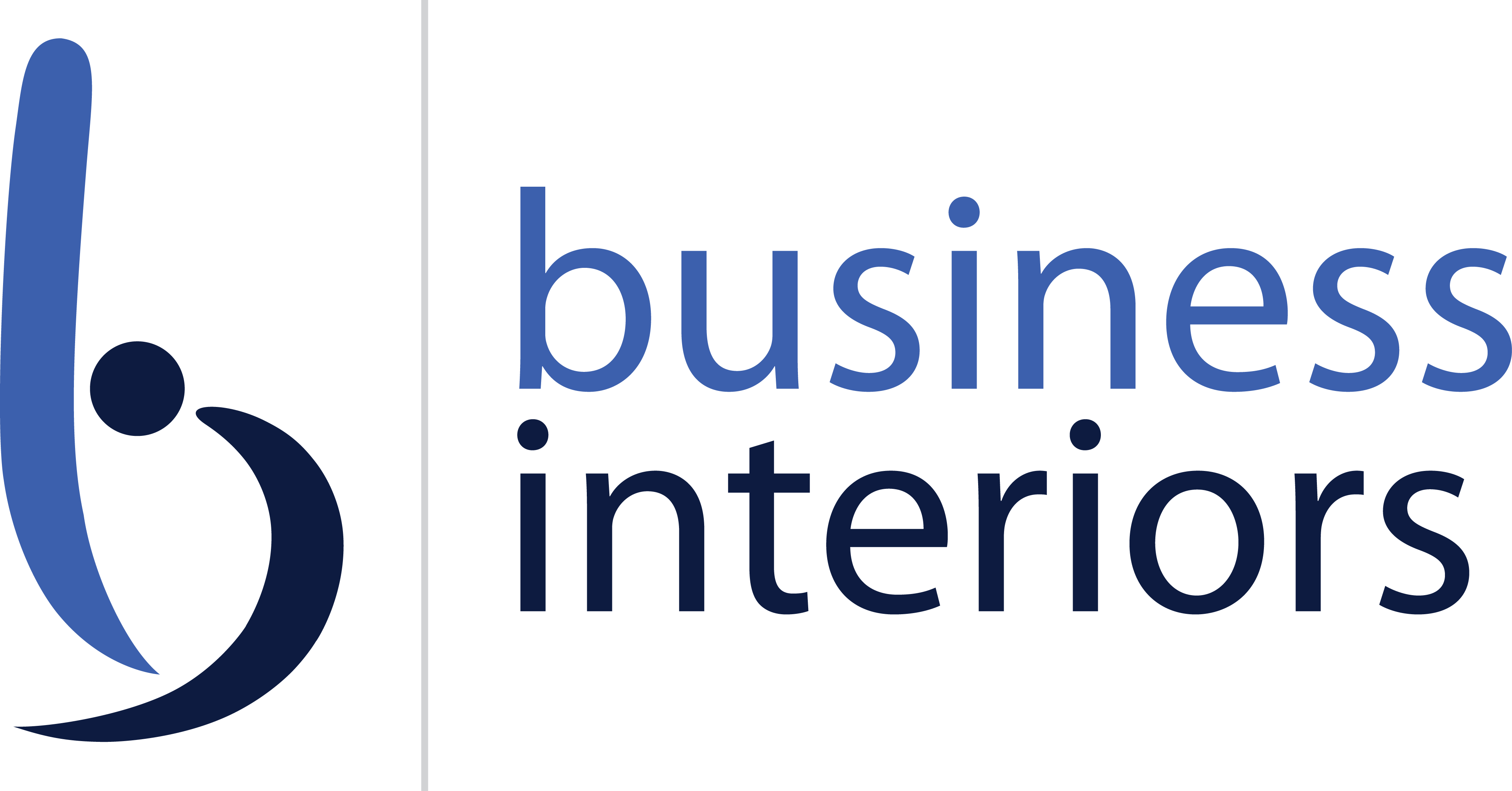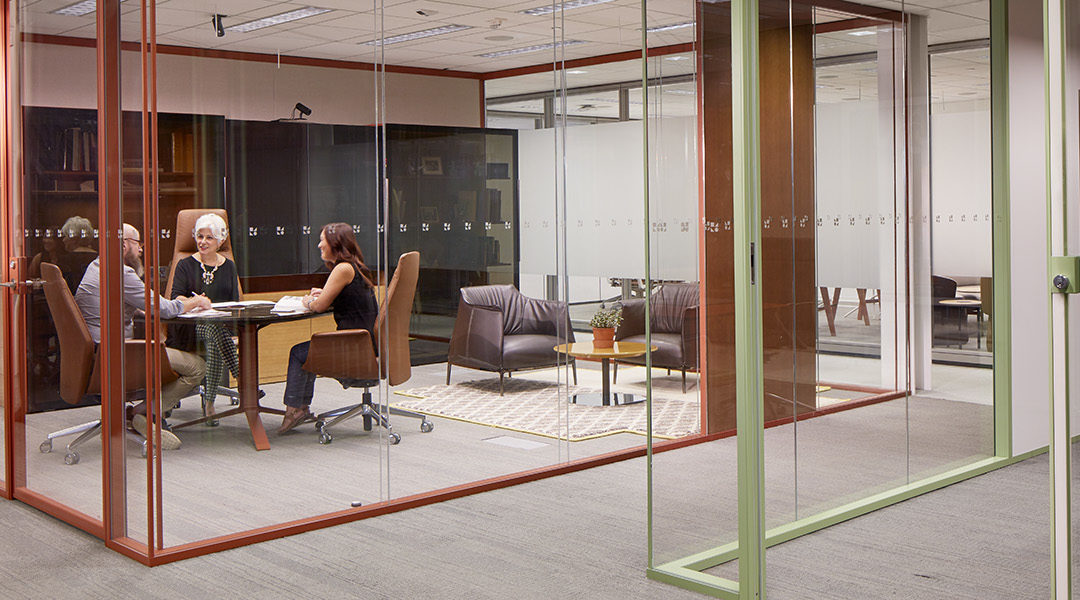Invisible Design for Performance: Discover the ABCs of effective acoustical design, by HAWORTH, INC., JUL. 19, 2018
One of the most significant factors in job satisfaction is often overlooked simply because you can’t see it: Acoustics.
However, you can see its effects in the data on privacy and job satisfaction:
In a landmark study of over 50,000 workers in 351 buildings, lack of speech privacy is cited as the #1 source of dissatisfaction.
In the movement toward open office plans, people have an increased desire to find spaces in the workplace that provide confidentiality for both work-related and personal conversations. Additionally, different activities require different ways of managing acoustical privacy, leading people to seek out a variety of workspaces—each with specific characteristics that support the work they’re doing at the time. Providing a variety of workspaces with well-designed acoustics allows for proper levels of speech privacy to ensure confidentiality.
Employers who understand and address this need for varying workspaces have more success in achieving higher job satisfaction rates.
Speech Privacy Basics
Speech privacy is simply the absence of speech intelligibility. Here’s how it works:
If the level of speech sounds that reach a listener’s ear is well above that of any background sound, the speech will be clearly heard and understood, or intelligible.
But, if speech sounds at the listener’s location are below the background sound level, the speech will not be understood. Even when a listener can hear the muffled speech sounds of someone talking, speech privacy exists because the listener can’t understand what is being said.
Achieving the right level of speech privacy in a space requires careful assessment and alignment of functional needs with the ambient environment, background sound, and physical design elements, such as walls, ceilings, and floors.
…………….…………….…………….…………….…………….…
Achieving the right level of speech privacy in a space requires careful assessment and alignment
…………….…………….…………….…………….…………….…
The ABCs of Effective Acoustical Design
To manage speech privacy, follow the ABCs of acoustical workspace design by using elements that absorb, block, and cover sound.
Absorb Sounds Within the Space
Special absorptive ceilings, suspended baffles, carpeted floors, and even decorative rugs not only reduce sound levels within rooms, they also reduce undesirable reflection of sound which can cause
intelligible speech sounds to carry throughout a space.
Block sounds between spaces
Walls, moveable walls, double pane (2 channel) glass walls, unitized wall systems, and suspended ceiling tiles can all provide physical barriers that block the transmission of speech sounds between rooms.
Cover intruding sounds with background noise
An electronic sound masking system covers sounds with a consistent background noise. A sort of highly sophisticated “white noise machine,” a masking system is precisely programmed to reduce perceived inconsistencies in sound, such as those created by speech. Masking systems are finely tuned in both frequency and level to meet the needs of different areas throughout the entire workspace.
Effective acoustical design may be invisible to most people, but the benefits are easy to see. Employees will be more comfortable at work knowing they have spaces for privacy and connection—where they won’t disturb others who are concentrating on focused tasks nearby. It may take some additional effort, but designing with speech privacy in mind will help keep employees happy, engaged, and productive at work.
…………….…………….…………….…………….…………….…
Business Interiors will work with you, your designer, or your architect to achieve the acoustical results you need. Call us to schedule your consultation today @ (601) 969-1000


